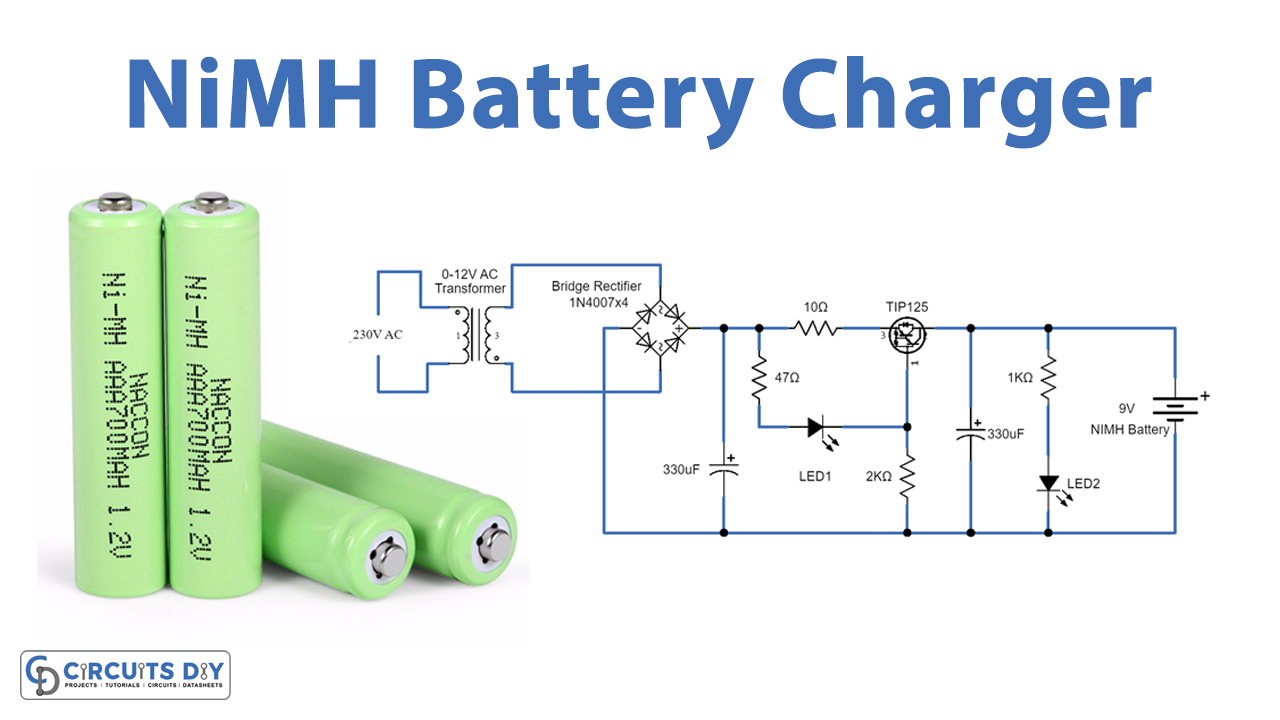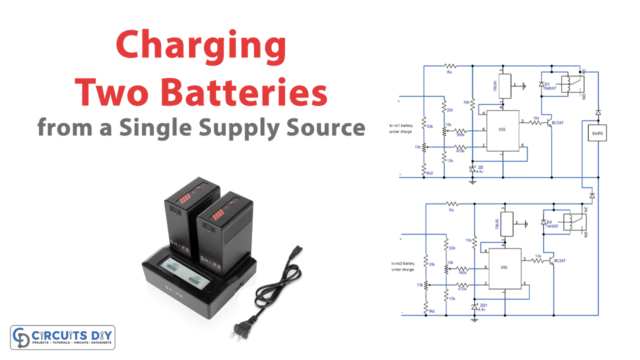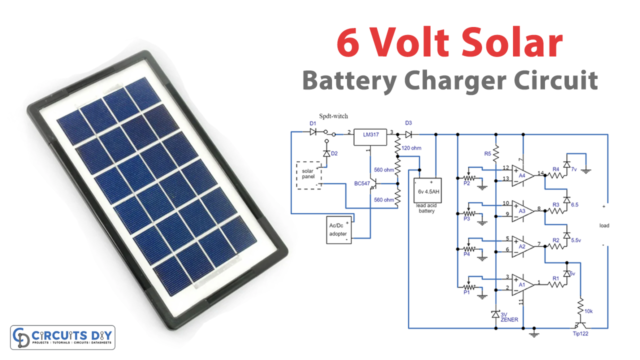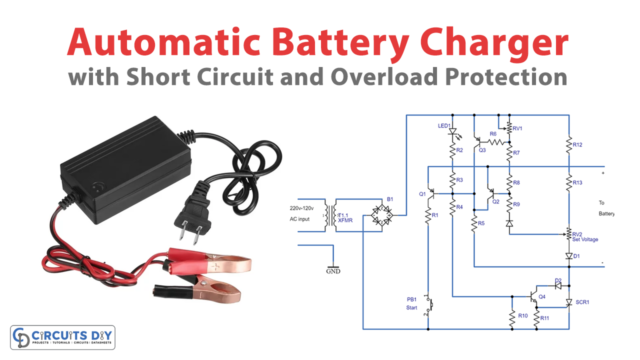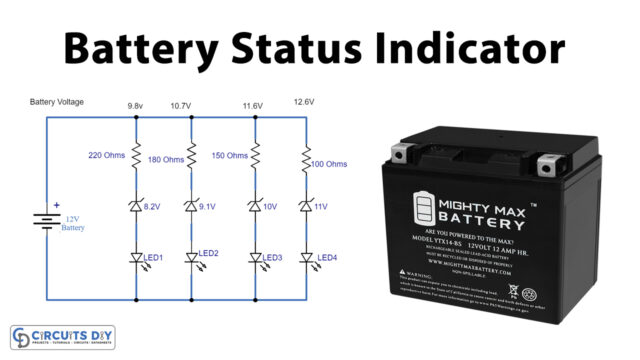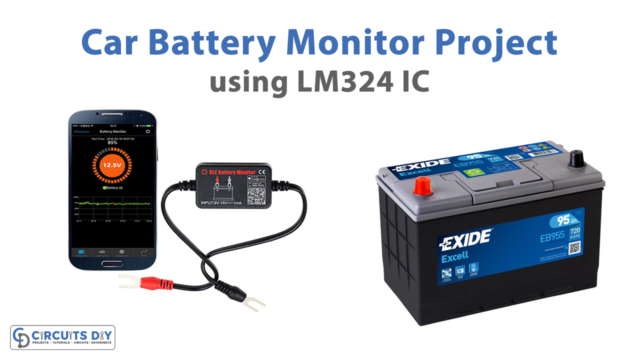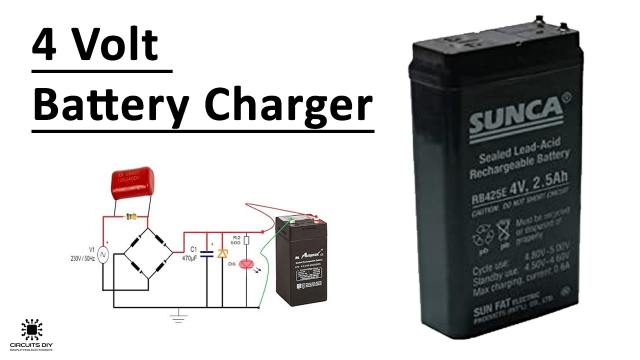In this tutorial, we are going to make a “NiMH Battery Charger Circuit”.
The charging protocol depends on the size and type of the battery being charged. Some battery types have a high tolerance for overcharging and can be recharged by connection to a constant voltage source or a constant current source, depending on the battery type. If safe charging, fast charging, and/or maximum battery life are important, that’s when things get complicated.
Here we have the three most common batteries in electronic devices NiMH, NiCd, and Li-ion. In these batteries, the C rate is an important consideration when defining charging parameters. “C” refers to the battery’s capacity when discharged over one hour. The capacity of these batteries is determined relative to the minimum allowable voltage, called the cut-off voltage. It is this voltage that generally defines the “empty” state of the battery. At that point, there is still a charge left, but drawing it out risks damaging the battery. Here we design a Simple NiMH(Nickel Metal Hydride) battery charger circuit with a few easily available components and it can provide constant voltage and current to the target 9 Volt NiMH battery. These types of batteries are not self-discharge quickly and provide maximum voltage and current in minimal size. The nominal voltage of NiMH and NiCd batteries is about 1.2 V/cell, and they usually should be charged up to 1.5V to 1.6 V per cell.
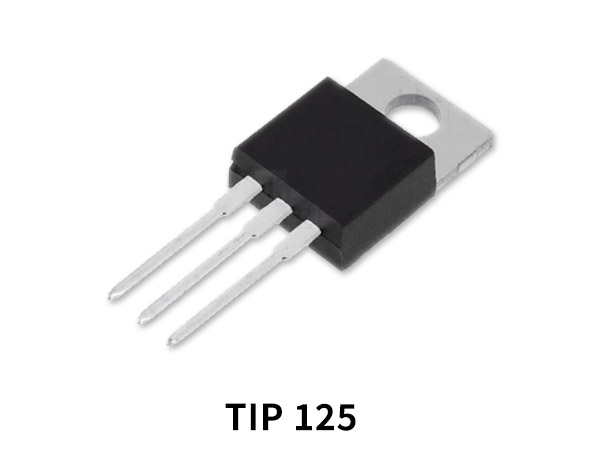
Hardware Components
The following components are required to make NiMH Battery Charger Circuit
| S.no | Component | Value | Qty |
|---|---|---|---|
| 1. | Step down transformer | 0-12V AC | 1 |
| 2. | Diode | 1N4007 | 4 |
| 3. | Transistor | TIP125 | 1 |
| 4. | Resistor | 47Ω, 10Ω, 2KΩ, 1KΩ | 1, 1, 1, 1 |
| 5. | Electrolytic Capacitors | 330µF | 2 |
| 6. | NiMH battery | 9V | 1 |
| 7. | LED | – | 2 |
TIP125 Pinout
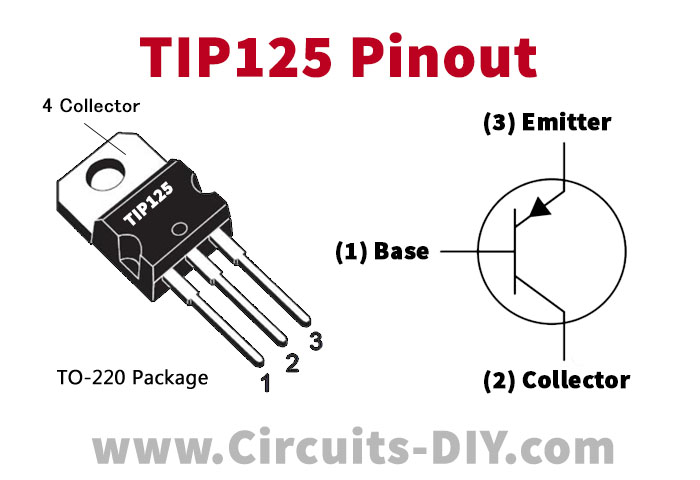
For a detailed description of pinout, dimension features, and specifications download the datasheet of TIP125
NiMH Battery Charger Circuit
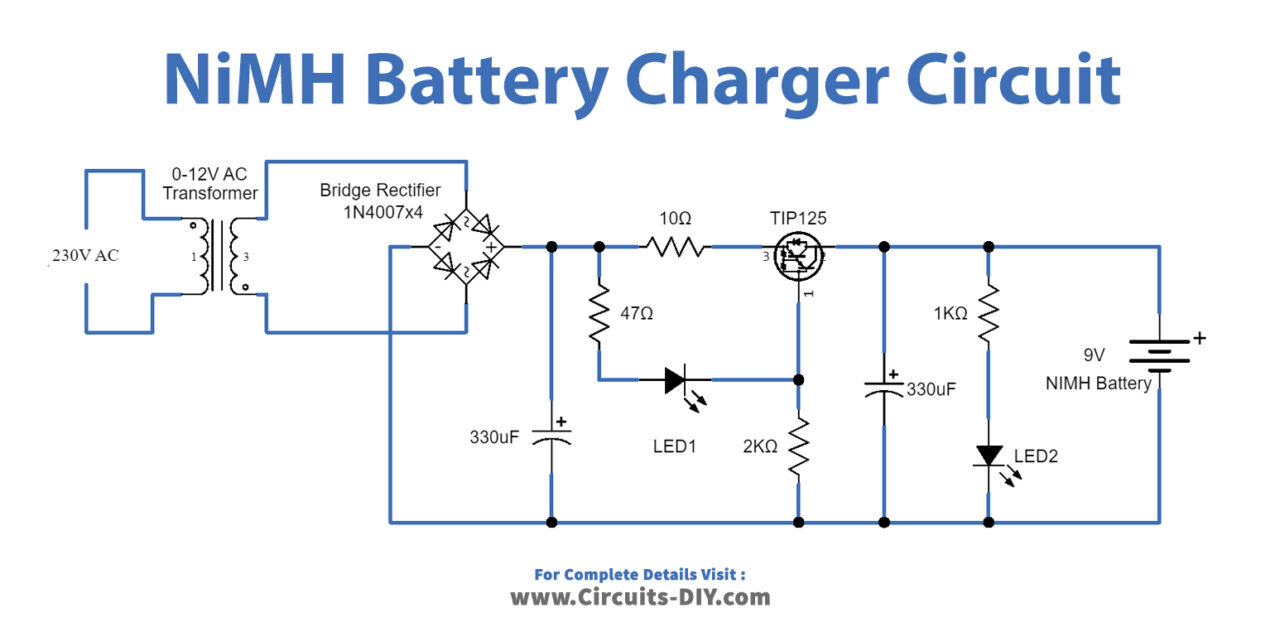
Working Explanation
A simple battery charger for the Nickel Metal Hydride battery that requires current regulated charging. NiMH battery Requires Slow charging and limited charge current, over current charging, or Overflow charging makes Heat in NiMH battery.
Here at first, we have a power supply section consisting of a 0–12-volt AC step-down transformer, this transformer is used to convert 230V AC supply into a 12V AC supply, a full-wave bridge rectifier comprising D1 through D4, which converts AC supply into DC supply and the smoothing capacitor C1, C1 performs filter process. Current regulation is achieved by the action of R1, R2, and the Epitaxial Darlington PNP transistor TIP 125. Transistor TIP125 (PNP) is connected to the positive supply line and this Transistor provides Current regulation and protects the battery from over-current charging. LED1 is connected between positive supply and base terminal of TIP125 followed by R1 Resistor, R1 keeps the charging current to 150 milliamperes. LED and resistor R2 play an important role to control the base current of T1 and thus its output, this LED indicates the presence of a battery at the output and supply flow. LED2 is connected across output with R4 Resistor and it indicates the output DC supply.
As this circuit is built with a status indicator LED, whenever the battery is connected to charging and the output voltage is normal then LED1 starts to glow. If not then LED1 stays in turn-off condition. This circuit is designed to give 150 milliamps output.
NiMH Battery
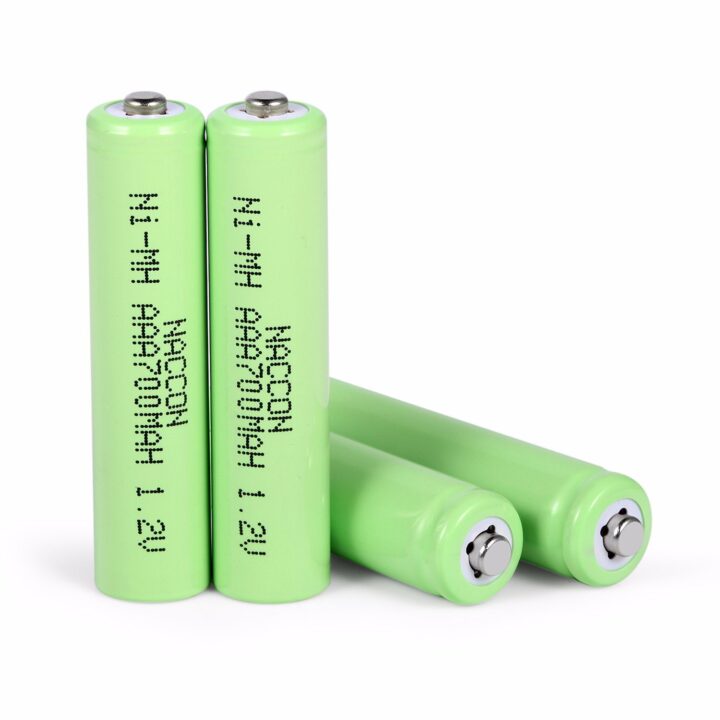
Applications
Can be used in most handheld electronic devices. Nickel metal hydride batteries consist of a positive plate containing nickel hydroxide as its principal active material, a negative plate mainly composed of hydrogen-absorbing alloys, a separator made of fine fibers, an alkaline electrolyte, a metal case, and a sealing plate provided with a self-resealing safety vent. Nickel Metal Hydride Battery or NiMH battery requires slow charging and limited charge current, Over current charging or overflow charging, makes Heat in NiMH battery.

